Back in April NASA began its final testing of Boeing’s long awaited Space Launch System (SLS), the rocket that is going to take astronauts back to the Moon and even beyond. That final test, known as the Wet Dress Rehearsal (WDR) was to be performed as the mighty rocket stood on its launch pad. Once the WDR was successfully completed it was hoped that the first, unmanned launch of the SLS could take place at the end of this month.
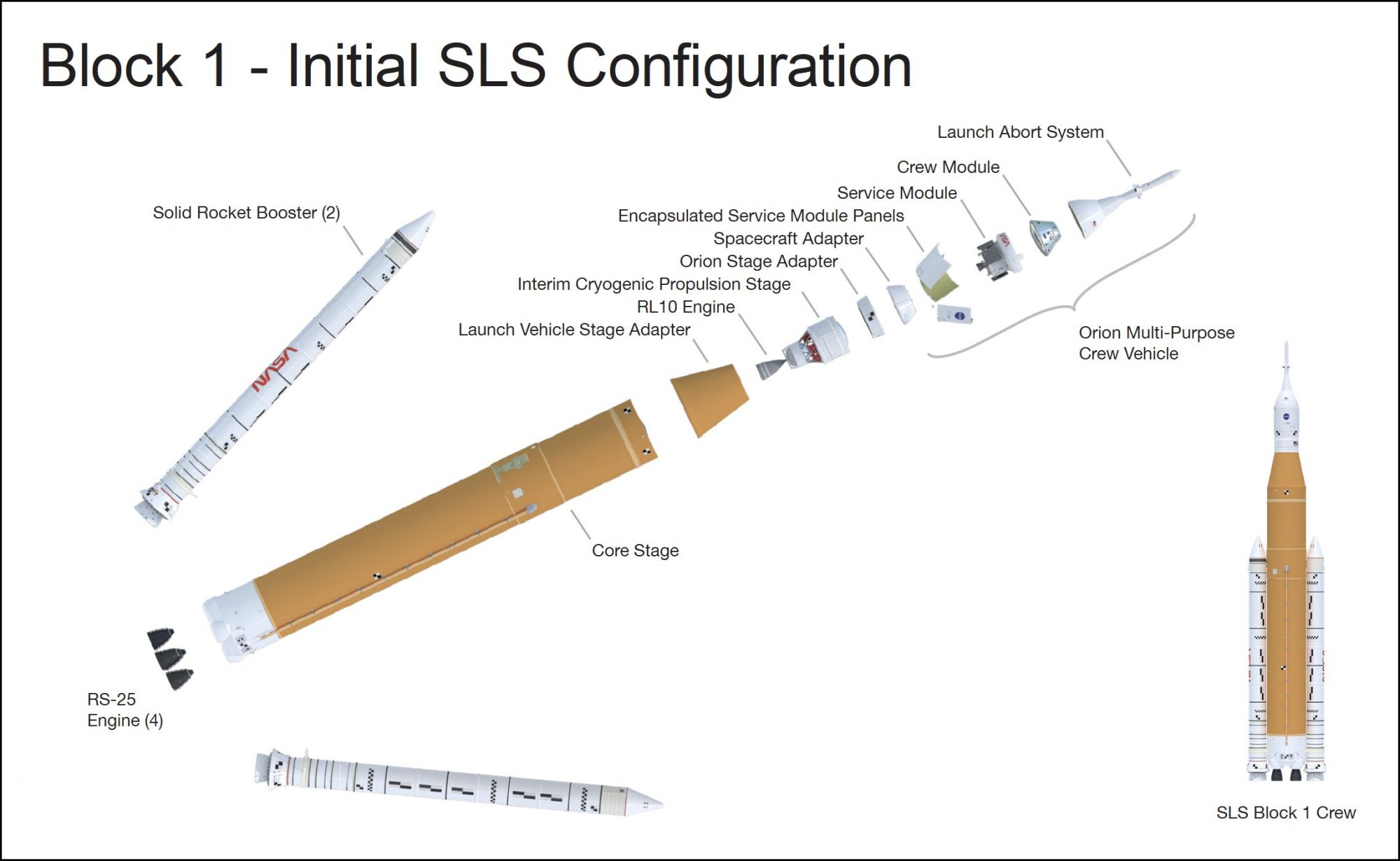
Didn’t work out that way, after three attempts at the WDR the space agency called a halt, there were simply too many problems. It was therefore decided that the SLS would be rolled back to the Vehicle Assembly Building (VAB) for repairs. The rollback was carried out on April 26th and the rocket returned to the VAB where it underwent repairs to an upper stage check valve along with a leak in the tail service mast umbilical plate housing. These repairs meant yet another delay in a program that was supposed to take four years but which has now taken eleven.
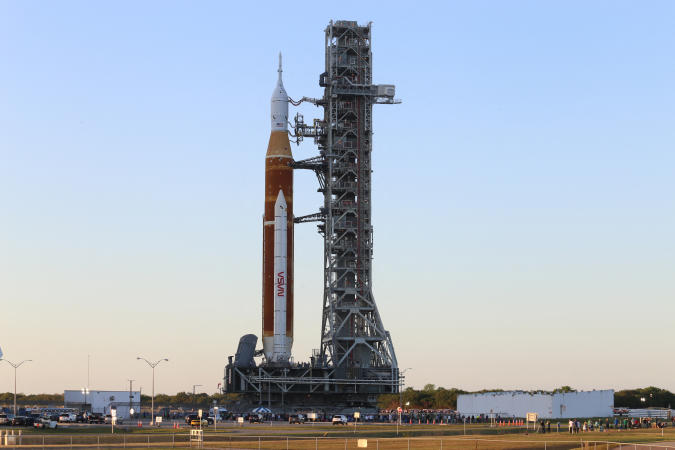
The repairs did go smoothly however and the WDR is now expected to take place on June 19th, and if there are further problems it could be much later. That means that the first actual launch of the SLS will not occur until July at the earliest, the earliest launch window would be July 26 to August 9. Any more delays could threaten the entire the schedule Artemis Program and America’s hopes of getting back to the Moon before 2030.

Fortunately for Boeing there has been some better news as well. The aerospace corporation’s Starliner manned capsule, the planned competitor for Space X’s dragon capsule for the task of taking astronauts to Low Earth Orbit (LOE), is preparing for its second attempt at an unmanned test flight to the International Space Station (ISS). Starliner’s first attempt, known as Orbital Test Flight One or OTF-1, was back in 2019 when the capsule was successfully launched and recovered but a software ‘glitch’ prevented the capsule from being able to reach the ISS. Boeing thought that they had fixed all of Starliner’s problems last August and the capsule, sitting atop its Atlas V rocket was preparing to launch when a series of valve problems caused the flight to be canceled, further delays in a another Boeing program that has been plagued with delays.
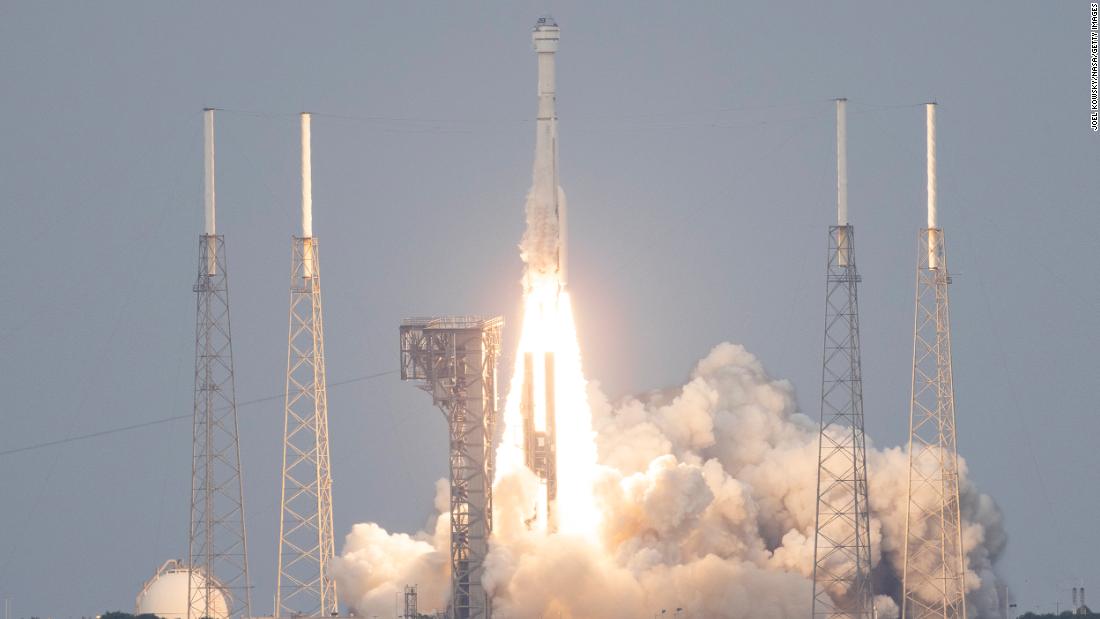
The second unmanned launch, OTF-2, took place on May 19th as Starliner was successfully lifted into orbit by its Atlas 5 / Centaur launch system. Just twenty-four hours later Starliner docked at the ISS but not without a few problems along the way. Two of the space capsule’s twelve maneuvering thrusters failed due to a drop in chamber pressure during the trip but thanks to built in redundancy the craft still succeeded in reaching the ISS. Starliner then remained docked at the ISS for about one week before the astronauts manning the station prepared it for its return to Earth.
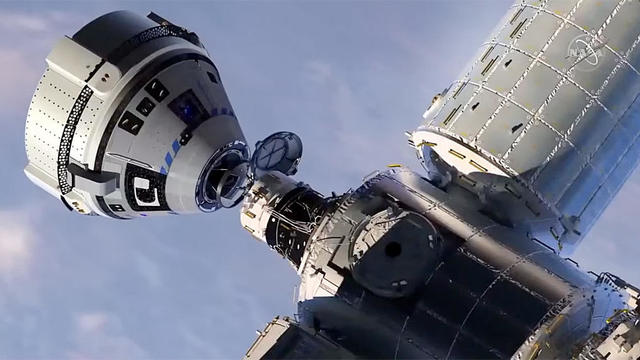
Starliner performed its reentry burn on the 25th of May and successfully touched down in New Mexico some 45 minutes later. At a press conference shortly after touchdown the OFT was officially called a success, despite the problems with thrusters. Now the capsule will undergo a through check out but it seems likely that the final, manned test fight of Starliner will take place sometime later this year. If that flight is also successful then starting next year NASA could have two separate vehicles, and two separate corporations providing those vehicles, transporting astronauts to the ISS. That was the original plan for the Commercial Crew Program that was initiated back in 2014.

The flip side of the Boeing’s problems in the Commercial Crew Program is the success of Space X and its Falcon 9 reusable rocket along with the Dragon capsule. In a sequence that is now becoming a routine operation the Crew-4 mission carrying four astronauts to the ISS was launched to the ISS on April 26 and was followed by the return of the Crew-3 mission on May 5. Crew-3 had been launched back on 11 November of 2021 so Space X is now sending four astronauts to the ISS on a regular, every six month basis.
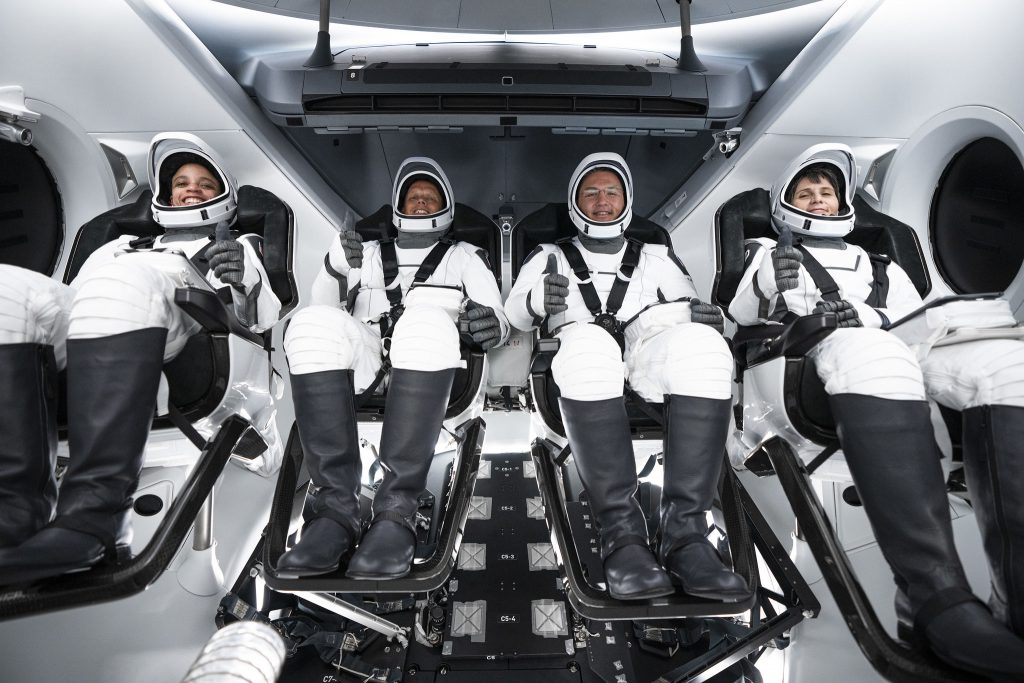
And even while maintaining the official personnel of the ISS Space X also launched the first private, tourist mission to the space station. That flight, organized by Axiom Space Company took three scientists / engineers and a retired astronaut to the ISS for what was supposed to be a one week stay. Because of bad weather in Florida and scheduling conflicts however the Ax-1 mission was forced to remain at the ISS for two weeks. I’m sure the passengers were very upset at having to stay in LOE the extra week.
The launch of the Crew-4 mission means that Space X has now launched 26 astronauts into LOE, more than the nation of China. Thanks in large part to Space X LOE is starting to get a little bit crowded and with more space stations being placed into orbit over the next decade the Falcon 9 / Dragon system is going to be plenty busy.
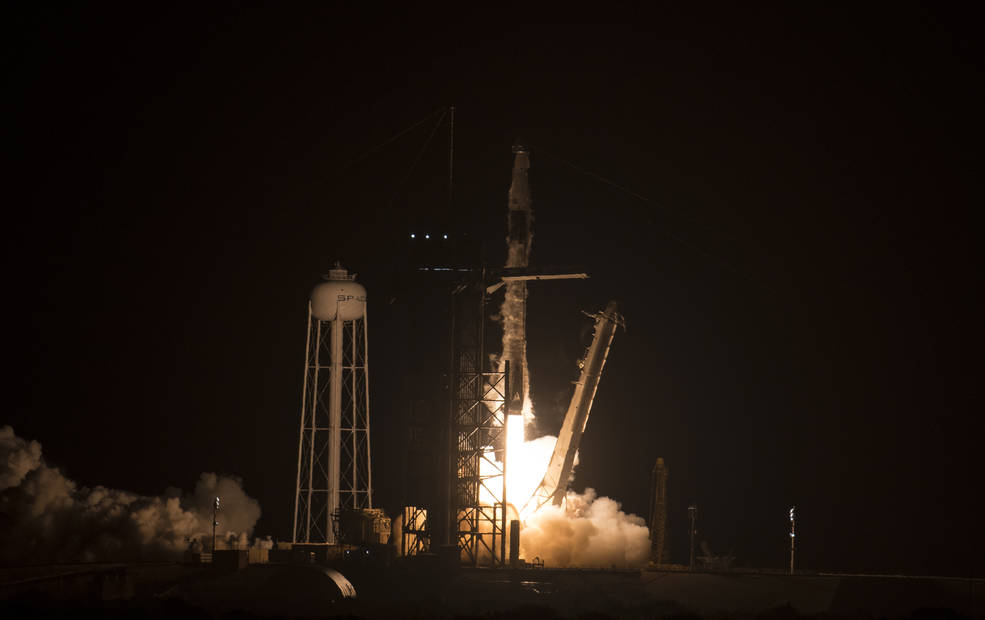
But speaking of the ISS, political turmoil here on Earth, the war in Ukraine that is, may soon lead to a breakup of the international cooperation that has allowed the station to operate for over twenty years. The space agency Roscosmos has again declared that western sanctions against Russia because of its invasion of Ukraine may force it to pull out completely from the ISS. “The decision has already been made,” Dmitry Rogozin, the head of Roscosmos told the Rossiya-24 TV network.
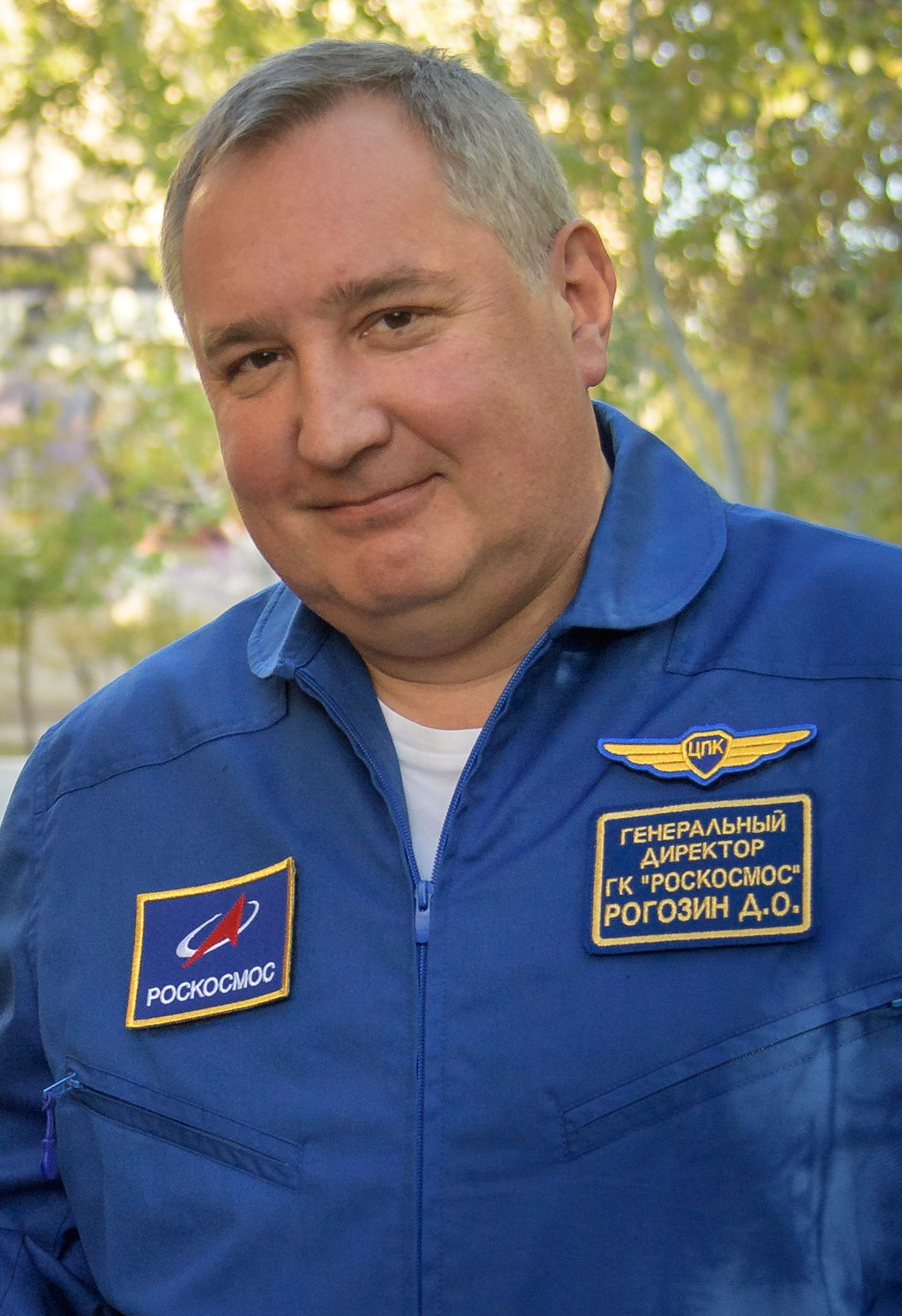
The Head of Russia’s Space Agency Roscosmos Dmitry Rogozin has been threatening his country will pull out of the ISS consortium ever since western nations put sanctions on Russia for their invasion of Ukraine.Photo Credit: (NASA/Bill Ingalls)
Now Russia has not formally informed the other partners in the ISS consortium so Rogozin’s statement may just be more Russian posturing. The head of Roscosmos also promises that Russia will give NASA and the other space agencies a year’s notice, “…in accordance with our obligations.” Still, a year will be scarcely enough time to make the arrangements for the Russians to separate their core modules from the ISS.
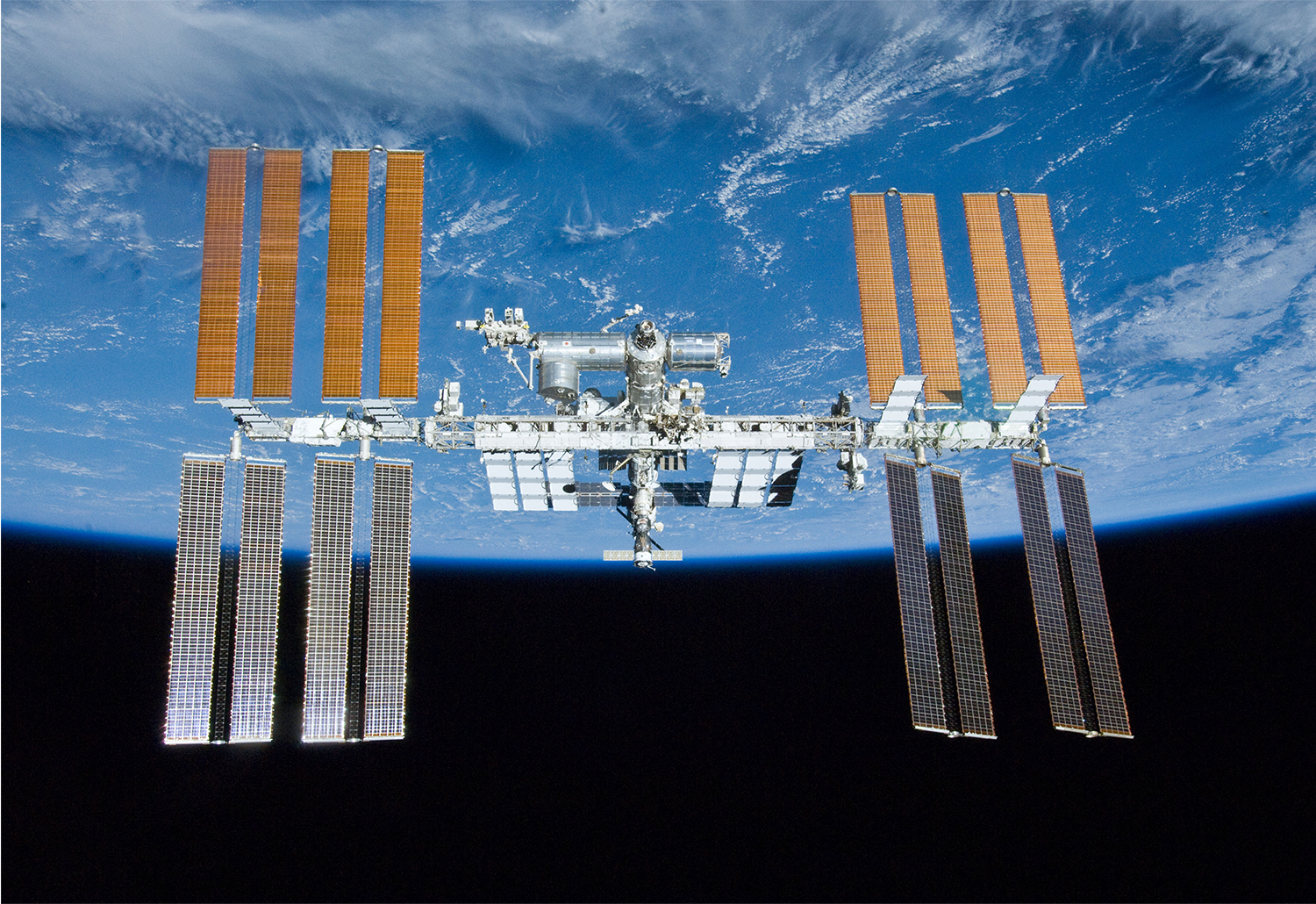
Again, the Russians may just be making empty threats. With their current financial problems it’s hard to see how they could continue to operate their part of the ISS without help from the US and other countries. If Russia does actually go through with dissolving the ISS partnership it may very well result in the end of Russia as a space power.
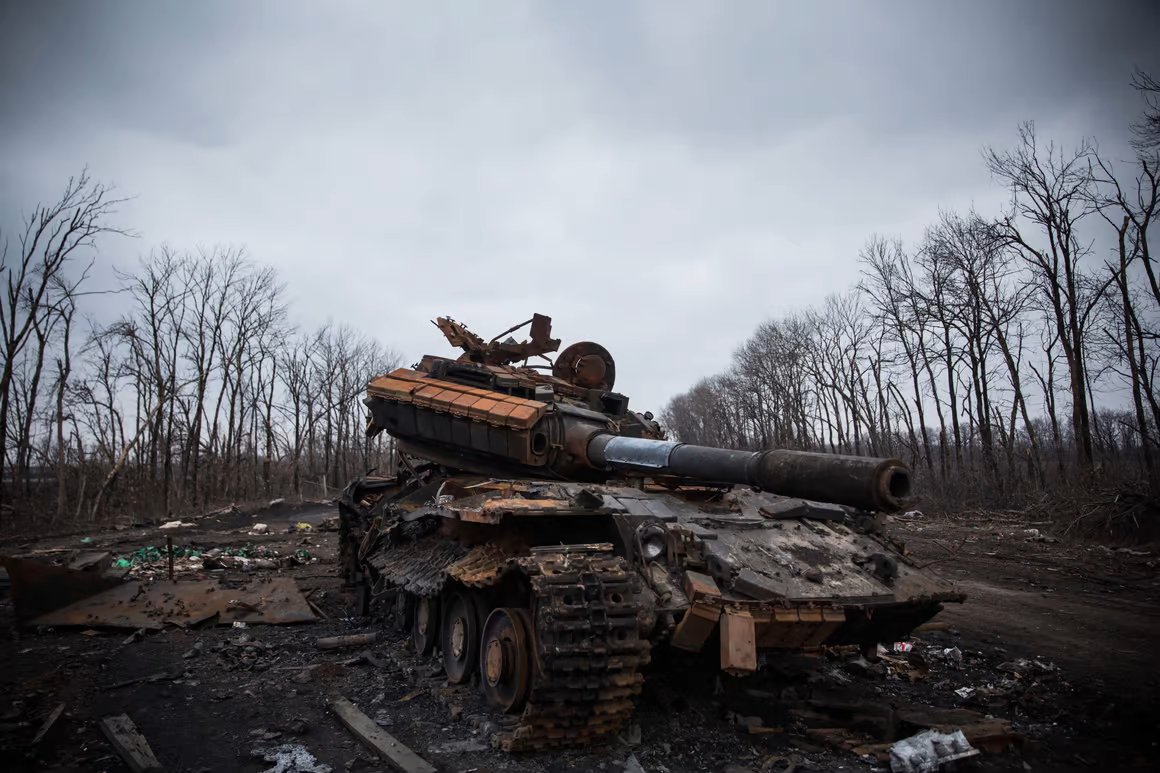
For both Boeing and the Russians the future holds as much threat as promise. Only Space X seems to have what it takes to go forward into the new world of commercial as well as governmental manned space flight.
